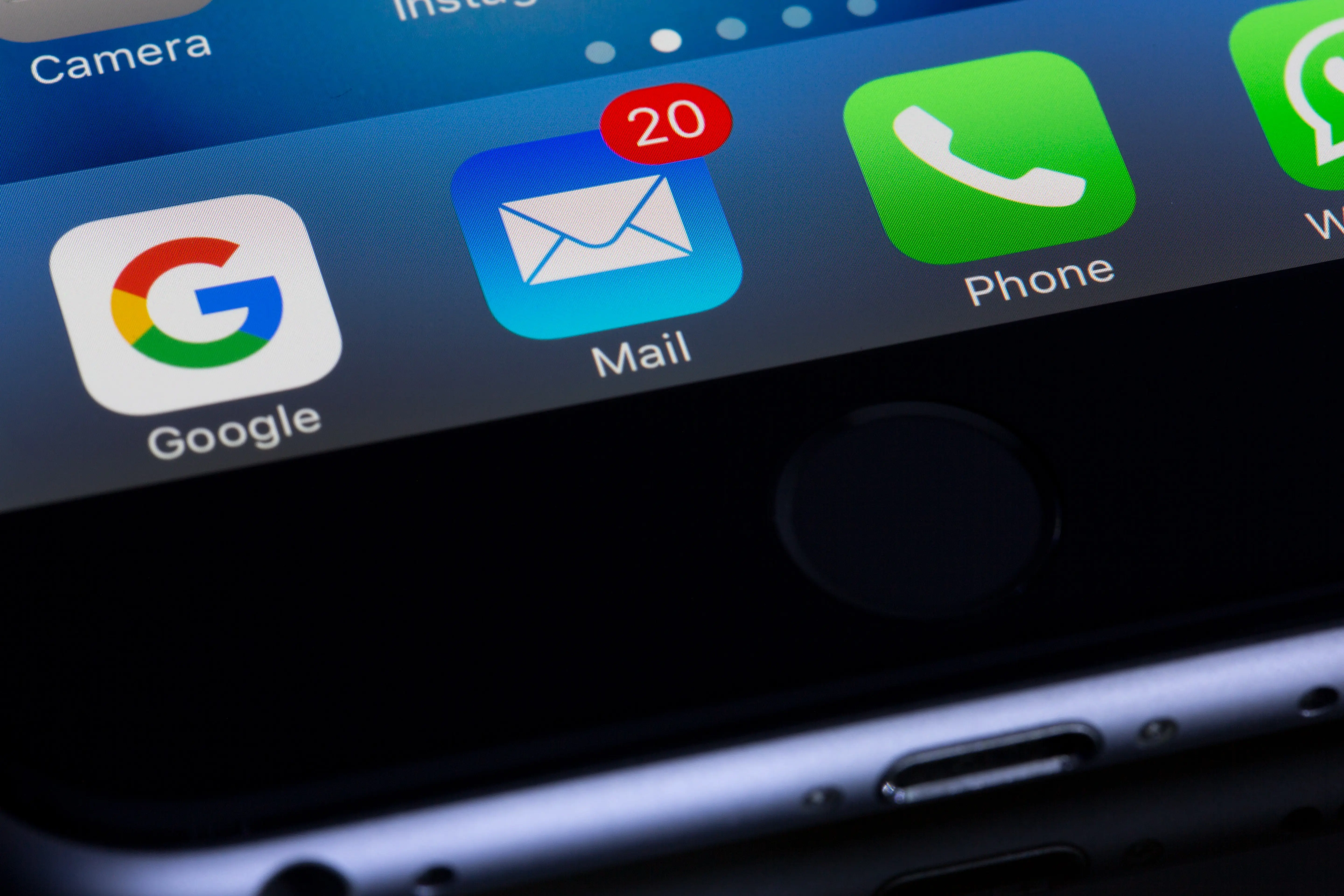Mastering the High-Converting Digital Marketing Funnel: Tools, Tips, and Real-World Examples
By Bruce Klaic (MBA) - Head of Marketing Tuesday, May 2, 2023

In today's competitive digital space, maintaining a robust online presence is crucial for any business seeking to thrive. A solid digital marketing strategy is the backbone of online success, with the marketing funnel being one of its most vital components. In this article, we will delve into creating a high-converting digital marketing funnel using the right tools, tips, and real-world examples to help you generate leads and boost revenue.
Understanding the Marketing Funnel:
Before embarking on constructing a marketing funnel, it's essential to comprehend the various stages involved. A standard marketing funnel consists of four stages: Awareness, Interest, Decision, and Action.
During the Awareness stage, potential customers discover your brand, product, or service. In the Interest stage, they express curiosity in your offering and begin gathering more information. In the Decision stage, they assess the options and arrive at a decision. Lastly, in the Action stage, they take action by purchasing, signing up for a trial, or subscribing to a service.
Tools like Google Analytics and HubSpot can help you analyse and monitor your funnel's performance at each stage, ensuring you understand how potential customers progress through your funnel.
Setting Goals for Your Funnel:
The subsequent step involves setting specific objectives for your marketing funnel. Are you looking to enhance leads, sales, or subscriptions? A clear understanding of your goals will aid in designing a funnel aligned with your business objectives. SMART (Specific, Measurable, Achievable, Relevant, and Time-bound) goals are recommended to ensure clarity and attainability.
Creating a Target Audience Profile:
For an efficient marketing funnel, understanding your target audience is vital. Who are they? What are their pain points? What triggers them to take action? Creating buyer personas using tools like HubSpot's Make My Persona or Xtensio can help you gain a deeper understanding of your target audience, allowing you to create a funnel that caters directly to their needs.
Building an Engaging Landing Page:
The landing page serves as the first impression potential customers will have of your funnel. Consequently, it's essential to design an engaging landing page that is user-friendly and communicates your value proposition clearly. Tools like Unbounce, Instapage, and Leadpages can help you create visually appealing and high-converting landing pages. The landing page should be simple, visually appealing, and feature a prominent call-to-action.
Common pitfalls to avoid when creating a landing page include overcrowding it with information, using low-quality images, or having a confusing call-to-action.
Designing a Captivating Lead Magnet:
A lead magnet is a valuable piece of content offered to potential customers in exchange for their email address. This could be an eBook, checklist, webinar, or any other content that delivers value to your target audience. Crafting a captivating lead magnet is crucial as it establishes the initial relationship with potential customers.
Tools like Canva or Beacon can assist in creating professional and visually appealing lead magnets. Avoid making the mistake of offering generic or low-value content as it might deter potential customers.
Creating an Email Follow-Up Sequence:
Once potential customers enter your funnel, it's necessary to keep them engaged. An email follow-up sequence is an automated series of emails that offer value and foster trust with your subscribers. Tools like Mailchimp, ConvertKit, and ActiveCampaign can help you design and automate your email sequences. The sequence should be structured to guide potential customers from the Interest stage to the Decision stage.
Common mistakes to avoid include sending too many promotional emails or not personalising the content, which can result in lower engagement and higher unsubscribe rates.
Driving Traffic to Your Funnel:
To ensure your funnel's success, driving traffic to it is essential. Numerous methods can be employed to generate traffic, including paid advertising, content marketing, social media marketing, and search engine optimization. Tools like Google Ads, Facebook Ads, and Ahrefs can help you plan and execute effective marketing campaigns to drive traffic to your funnel. The key is to utilise the channels best suited for your business and target audience.
Common pitfalls to avoid include not targeting the right audience, not tracking campaign performance, or allocating an inadequate budget for your marketing efforts.
Analysing and Optimising Your Funnel:
The final step entails consistently analysing and optimising your funnel. Utilise analytics tools like Google Analytics or Mixpanel to monitor your funnel's performance and pinpoint areas for improvement. A/B testing using tools like Optimizely or VWO is an excellent method for comparing various funnel elements and determining what resonates best with your audience.
Usual mistakes to avoid include not tracking performance metrics, ignoring user feedback, or not iterating and testing the funnel's components to maximise conversions.
Real-World Example:
Let's consider a real-world example of an online fitness coaching business. The goal is to increase the number of subscribers to their premium coaching program.
- The business creates detailed buyer personas to understand their target audience better.
- They design an engaging landing page using Unbounce that highlights the benefits of their premium coaching program and features a clear call-to-action.
- They create an eBook called "The Ultimate Guide to Home Workouts" as a lead magnet using Canva, offering valuable information to their target audience.
- They set up an email follow-up sequence using Mailchimp that provides subscribers with useful fitness tips, workout routines, and testimonials from existing clients, ultimately leading to a pitch for the premium coaching program.
- The business runs targeted Facebook Ads to drive traffic to their landing page and uses Ahrefs for search engine optimization to attract organic traffic.
- They continuously analyse their funnel performance using Google Analytics and conduct A/B tests using Optimizely to optimise their landing page, lead magnet, and email sequence for maximum conversions.
Creating a high-converting digital marketing funnel can be challenging, but with the right strategies, tools, and best practices, it is possible to develop a funnel that delivers results. Keep your target audience in mind, set specific objectives, and continuously analyse and optimise your funnel for better outcomes. By following these steps and learning from real-world examples, you can create a marketing funnel that transforms website visitors into loyal customers and enhances your business's bottom line.
Reach out to One Orange Cow to elevate your marketing efforts today!


